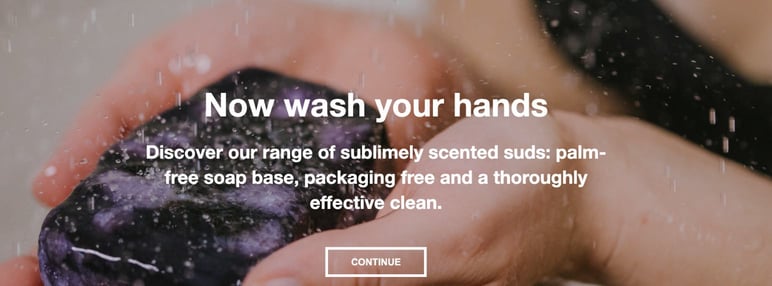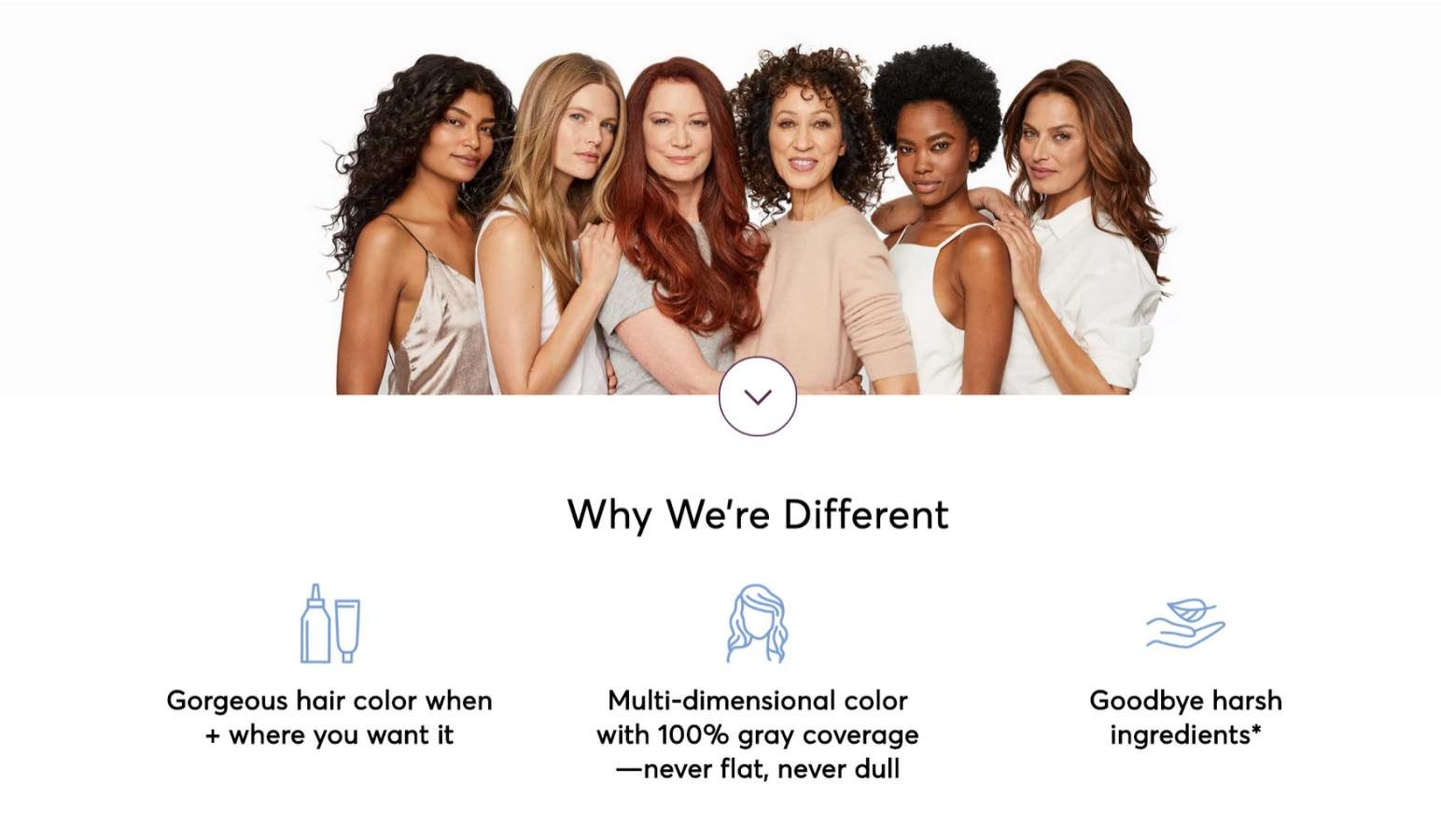What Are The Problems With The Makeup Industry

Table of Contents Few could accept predicted that if the entire population had to remain locked down at home for several months, personal dazzler would keep to be a priority. Notwithstanding this desire to look practiced is not as superficial equally one might think—the maintenance of demand for cosmetic and personal care products during the COVID-19 crisis has a lot to practise with the concrete and psychological well-being of a social club in quarantine. Even while fashion has taken a back seat, consumers are still conscientiously keeping up with their body and facial care practices. Maintaining a self-care routine is non merely beneficial for wellness, but also allows people to concur on to a sense of normalcy in their lives during these uncertain times. Skin, pilus, and oral care products forth with accessories such every bit makeup and perfumes have maintained a good level of sales since the kickoff of the coronavirus crisis. While the cosmetics manufacture is non expected to abound as much as forecasts from early 2020 indicated, beauty companies will still retain more momentum compared to other sectors and are in a position to boost their expansion in digital channels. Before the pandemic, the cosmetics market saw continuous growth thanks to consumer interest in leading healthier lifestyles also as approaching self-care as a right and not so much a question of vanity. Cosmetics manufacturers also embraced digital dispatch, giving them an reward over other industries that were less prepared for the shift to a primarily due east-based consumption mural. Advertisements for cosmetic products on digital channels and social media are a common feature of nearly people's daily online feel. Brands have been able to considerably increase their sales by developing a presence on Instagram (the quintessential beauty care platform) and YouTube, in addition to collaborating strategically with influencers. In times of quarantine, consumers are looking for self-maintenance products and support materials that are piece of cake to use so they can continue caring for themselves at habitation fifty-fifty when barber shops and beauty salons remain airtight. Videos on YouTube and Instagram offering tutorials and tips have go more than than a marketing resources: going digital is vital to retaining the attending of a target audience. At the time aforementioned, it is clear that the consumption of beauty products has gone down and will keep to decline in comparing to spending on other essential products (such as nutrient and medicines). Moreover, the nigh sought-later product categories for buyers are also changing. For example, wearing a mask for a long time irritates the pare and this has led to more demand for facial care products. On the other hand, with everyone roofing their mouth, it does not make much sense for consumers to rush to buy lipstick. → Related: Changes in the demand of cleaning and disinfection products It would seem that the cosmetic and beauty care products with the highest need in the coronavirus landscape can be divided into either applied or luxury particular categories: Some manufacturers have had to rebrand themselves past prioritizing the sale of products in their catalog that encounter the current needs of customers while giving less preference to one time "star" products that are no longer summit sellers. However, these new demands are temporary and volition shift very quickly, and then manufacturers must pay shut attention to how consumption patterns and health and prophylactic measures evolve in different countries. For example, at that place appears to be a consumer trend in favor of applying lighter makeup when working from abode and wearing a mask outdoors, though this could change one time public spaces are reopened and social distancing regulations are relaxed. Every bit is the case in the chemic manufacture, cosmetics manufacturers may encounter medium-term problems in the supply of components for their products. Many elevation brands have factories in Asian countries where they could face difficulties both in keeping upwardly with production and exporting appurtenances. This scenario is giving corrective manufacturers crusade to analyze the time to come of their current supply concatenation and consider possibly investing in a more local distribution model. Another related problem is that many large retail chains such as Walmart and Flipkart have marked cosmetics equally non-essential items, leading to supply freezes in some countries. → You may also exist interested in: The best marketplaces for selling products in Europe This will be a fundamental office of safety measures once physical stores reopen, but cosmetic manufacturers must already kickoff redoubling their monitoring efforts within the supply chain. The product, storage, and distribution of cosmetics requires loftier levels of quality command to forestall the contamination of materials, since these are products that affect the health of consumers. All manufacturers will need to prepare for the long-term prospect of much tighter scrutiny, both from official bodies every bit well as buyers themselves who wait companies to implement transparency policies. Apart from physical company-owned stores, one of the main sales channels for beauty care products used to be department stores. The average consumer compares different products and lines, which is why they prefer visiting retailers rather than relying on a unmarried brand. This highlights the importance of having digital channels and keeping catalogs updated and accessible to any distributor or retailer that could position products in their marketplace. In addition, many shoppers will group their food, cleaning, and cosmetic essentials together in a single purchase for convenience, which means manufacturers who take agreements with online supermarket chains can gain more visibility. → A big topic for today'due south businesses: The disquisitional importance of logistics in ecommerce Interest in organic, eco-friendly, and sustainable beauty care products will go on to grow so long as the general public remains worried most bacteria and chemicals. Consumers take go increasingly aware virtually the level of care required for their skin as well every bit the negative furnishings of many chemically harsh products. This, coupled with the ascent in environmental consciousness in society, ways it is those brands and manufacturers with more sustainable production processes and components that will become industry leaders and earn the respect of buyers. Another matter that is working in the favor of many manufacturers during the ongoing crisis are initiatives to support the wellness sector, for example, by providing medical staff with disinfectant and sanitizing gels. Digitalization is just as important for industry operations as it is for sales to the public. The cancellation of fairs, exhibitions, and events in the cosmetics sector means manufacturers need to have digital catalogs ready to share across their commercial network and anywhere in the earth. Digital advice is key to maintaining networks of distributors, agents, and suppliers equally well as meeting the needs of consumers who are increasingly turning to online support services. Not surprisingly, ane of the latest trending search terms on Google has been "online beauty." To exist successful in this digital landscape, it is crucial to have accurate product information, experiences that substitute for in-store shopping (such as augmented reality or virtual testers), and methods for quickly contacting brands. Prior to the coronavirus outbreak, many manufacturers of dazzler care products had already begun digitizing thank you to the launch of ecommerce in this sector. The current crunch now offers companies the opportunity to eternalize or jump aboard this trend toward all things digital: → Discover more than: Additional trends for B2B manufacturers and networks As the consumption of non-essential products declines during the COVID-19 crunch, many cosmetics businesses have however benefited from the increased demand for hygiene and personal care products. For manufacturers, this is the perfect opportunity to fully embrace digitization, a movement that will optimize the operations of their commercial network, open up upwardly new possibilities for supply strategies, and amend communication with consumers. Digitization is not about merely changing class to avert a temporary storm: it is the path forward for staying afloat in the long term. Many changes in consumption and demand have already begun to take root in the economy and manufacturers of beauty care and cosmetic products must also give themselves a face up-lift that shows customers the very best image of what they stand for: digital user-friendliness, sustainability, and transparency.
Changes in demand in the cosmetics sector acquired by COVID-xix

Expanding the marketplace: A confront-elevator for the beauty intendance sector

Disinfection and relaxation: The most in-demand cosmetics

Bug facing the beauty intendance industry during the coronavirus crisis
Supply cuts

Germ-free control

Distribution channels
Sustainability

Digitization of information and client support


Opportunities and courses of action for cosmetics manufacturers
Conclusion

What Are The Problems With The Makeup Industry,
Source: https://blog.saleslayer.com/challenges-digital-transformation-cosmetic-industry
Posted by: frittsfeellen.blogspot.com


0 Response to "What Are The Problems With The Makeup Industry"
Post a Comment